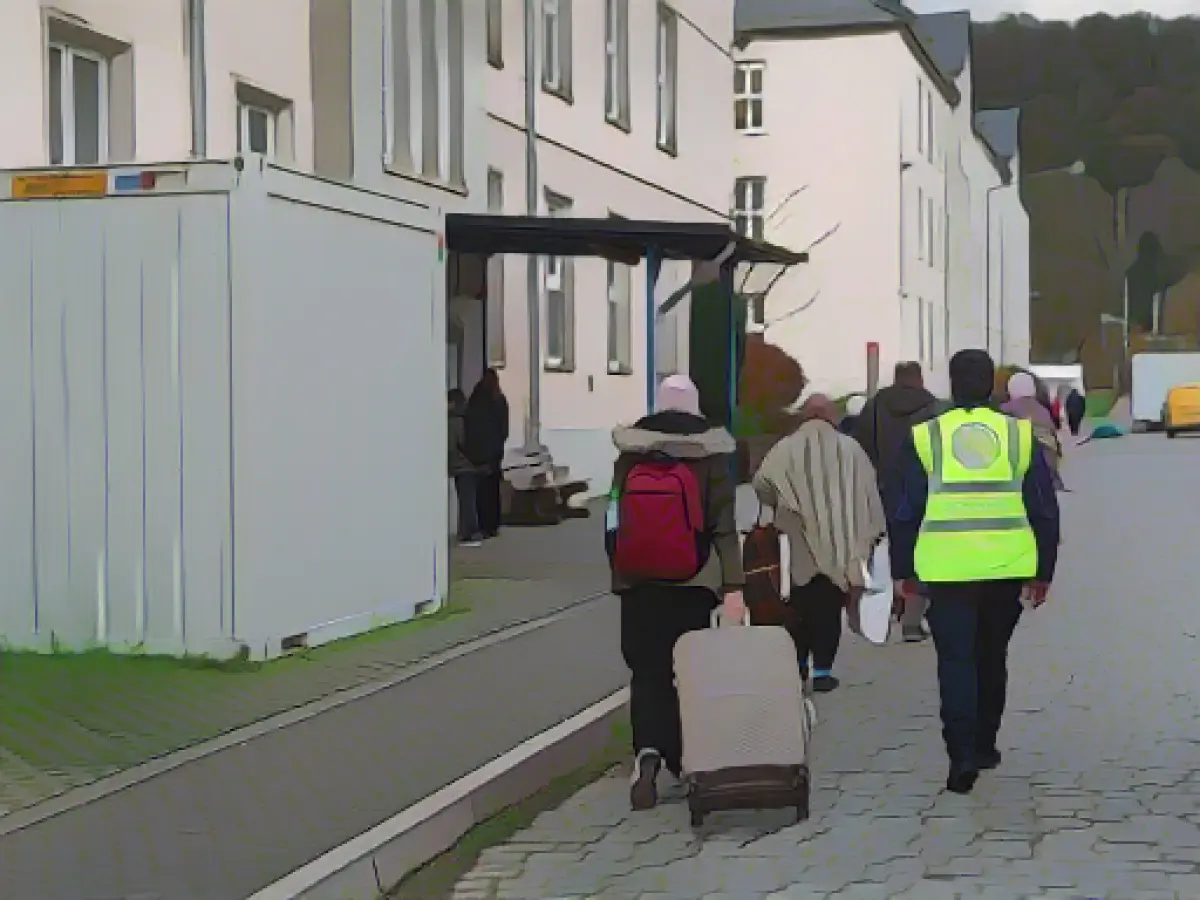Many refugees: facility speaks of heavy workload
The high number of arriving refugees is a challenge for the Trier initial reception center for asylum seekers (AfA). "At the moment, the workload is already very high because the number of arrivals is high," said AfA manager Thomas Pütz on Tuesday. They are trying to register people as quickly as possible and then transfer them to other reception facilities in the country in order to have enough "bed buffer" for further arrivals. You never know how many refugees will arrive in one day.
The AfA Trier is currently occupied with just under 700 of a total of almost 1100 places. After a few days of stagnation, the numbers are currently rising again slightly. Trier and Speyer are the only initial reception facilities for refugees in the state. Due to the high fluctuation, "the work pressure is high". Between 40 and 50 percent of people have no identity papers with them.
In Rhineland-Palatinate, there are five reception facilities in Trier, Bitburg, Speyer, Kusel and Hermeskeil. There are also four outposts: two hotels in Bitburg, a hotel in Bernkastel-Kues and a property at Hahn Airport. The facilities are currently occupied by around 6800 people, or 86 percent, according to the responsible supervisory and service directorate (ADD) in Trier.
On average, people stay in the Trier AfA for two to three weeks until they are transferred. This usually happens before their hearing at the Federal Office for Migration and Refugees. The people in the AfA Trier come from 25 to 30 different countries, said Pütz. The main countries of origin are Syria, Afghanistan, Turkey, Pakistan and Egypt.
There is a constant coming and going in the school class there, as teacher Katja Schimanowski reported. "We don't always have such a high throughput." The biggest challenge in teaching is the heterogeneity of the pupils. There are children from different countries, of different ages and abilities in one class.
The constant influx of refugees contributes to the high workload at the Trier AfA, necessitating quick registrations and transfers to other facilities. The absence of identity papers in up to 50% of arrivals further complicates the migration process.
Source: www.dpa.com








